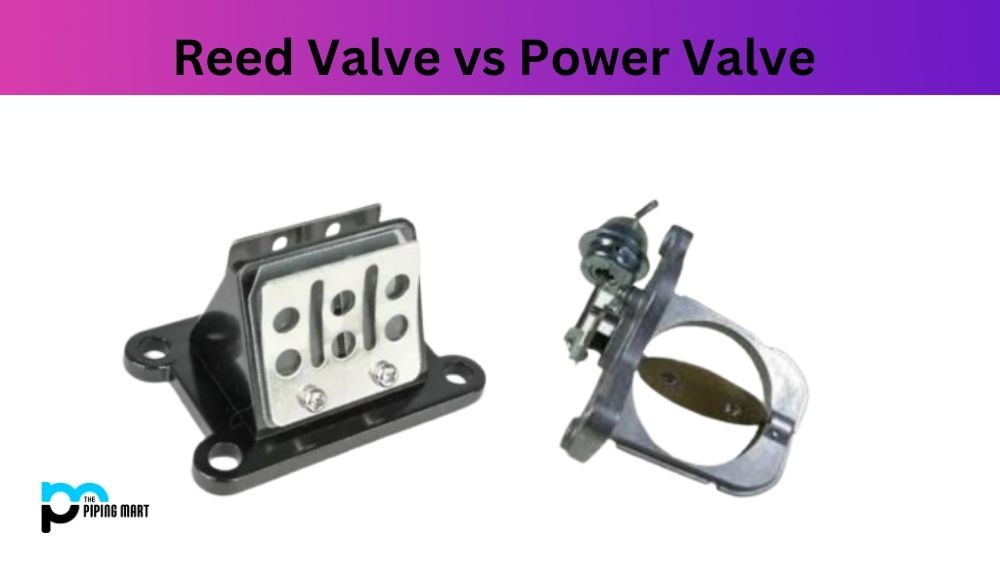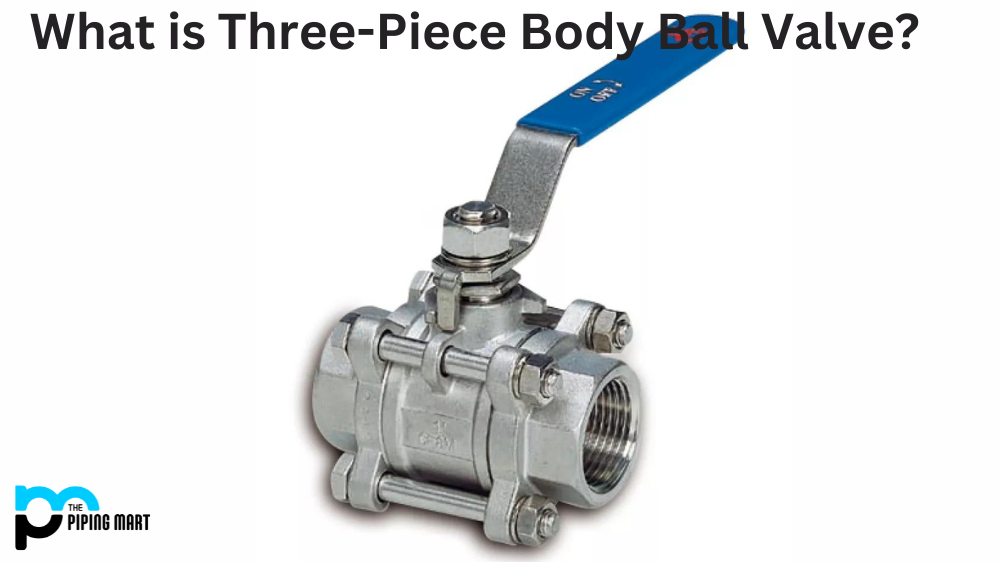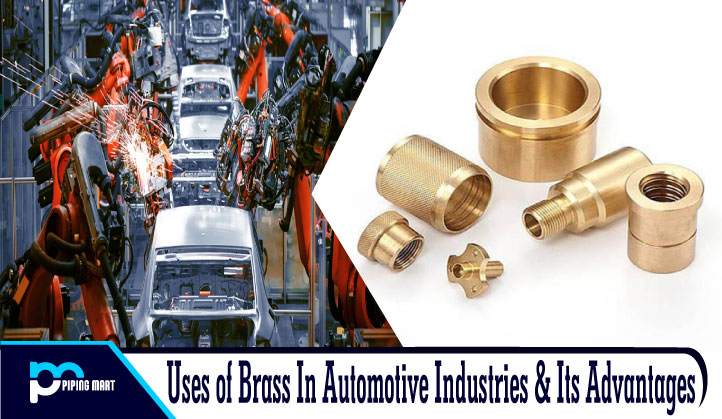Choosing the right type of valve for your off-road bike can be daunting, especially if you must familiarize yourself with two-stroke engine tuning. Reed and power valves are essential to engine performance but have different designs and functions. In this blog post, we’ll explore the Reed Valve vs Power Valve topic by giving you all the information you need before deciding.
What is Reed Valve?
The Reed valve is a non-return valve that uses a set of flexible reeds that act as a one-way barrier, allowing air or gas to flow in only one direction. Reed valves can be found in internal combustion engines, vacuum pumps and other applications where unidirectional control is preferred. They are commonly made from stainless steel or aluminium alloy material and offer an efficient solution for airflow control.
What is Power Valve?
A power Valve is a device typically used in an internal combustion engine to alter the engine’s power output. Depending on the drivers ‘ needs, it modifies the exhaust flow to maximize power, torque and performance. The valve pushes open when extra air is needed during high-RPM operations, allowing important airflow for improved efficiency and greater horsepower.
Difference Between Reed Valve and Power Valve
Design
Reed valves are designed as one-way flaps between the carburettor and the intake port. They control the flow of air and fuel by opening and closing, depending on the engine’s speed and throttle position. On the other hand, power valves are located in the engine’s exhaust port and are used to regulate exhaust gas flow. Their primary function is to improve engine efficiency by adjusting the exhaust timing based on RPM.
Performance
Reed valves are best suited for low to mid-range RPMs. They are ideal for trail riding, where power delivery and throttle response are essential. Reed valves regulate the amount of air/fuel mixture that enters the engine, resulting in a smoother and more predictable power delivery. On the other hand, power valves are designed to improve performance at high RPMs. They help reduce the lag between when the throttle is opened and when the engine starts producing power. Power valves allow for a broader power band and better top-end performance, making them ideal for racing.
Maintenance
Reed valves are relatively easy to maintain and require minimal attention, making them an excellent choice for beginners and those who prefer hassle-free engine tuning. However, Reed valves are more susceptible to wear and tear and may need to be replaced more frequently than Power valves. Power valves require more maintenance, as they are exposed to high-temperature exhaust gases, which can cause them to become clogged or damaged over time.
Price
Reed valves are generally cheaper than Power valves and are a cost-effective option for those on a budget. However, Power valves are a worthwhile investment for competitive riders who need a reliable and high-performing engine. Power valves are more expensive due to their complex design and functionality.
Noise
Reed valves and Power valves can also make a difference in the sound of your engine. Reed valves tend to produce less noise, resulting in a quieter engine. Power valves produce more noise due to the nature of their operation, which involves adjusting the exhaust flow to increase performance.
Conclusion:
Reed and Power valves are essential components of a two-stroke engine but have different designs and functions. Reed valves are suitable for low to mid-range RPMs and trail riding, while Power valves are designed for high RPMs and racing. Reed valves require less maintenance and are generally cheaper, while Power valves are a worthwhile investment for competitive riders who need a high-performing engine. Whichever option you choose, consider your specific needs and preferences to get the most out of your engine.
Meet Heer, a dynamic and driven writer learning tricks of her trade in the metal industry. With a background in Digital Marketing, Heer brings a unique perspective to her writing, sharing valuable insights. Apart from blogging she like reading and hiking.




